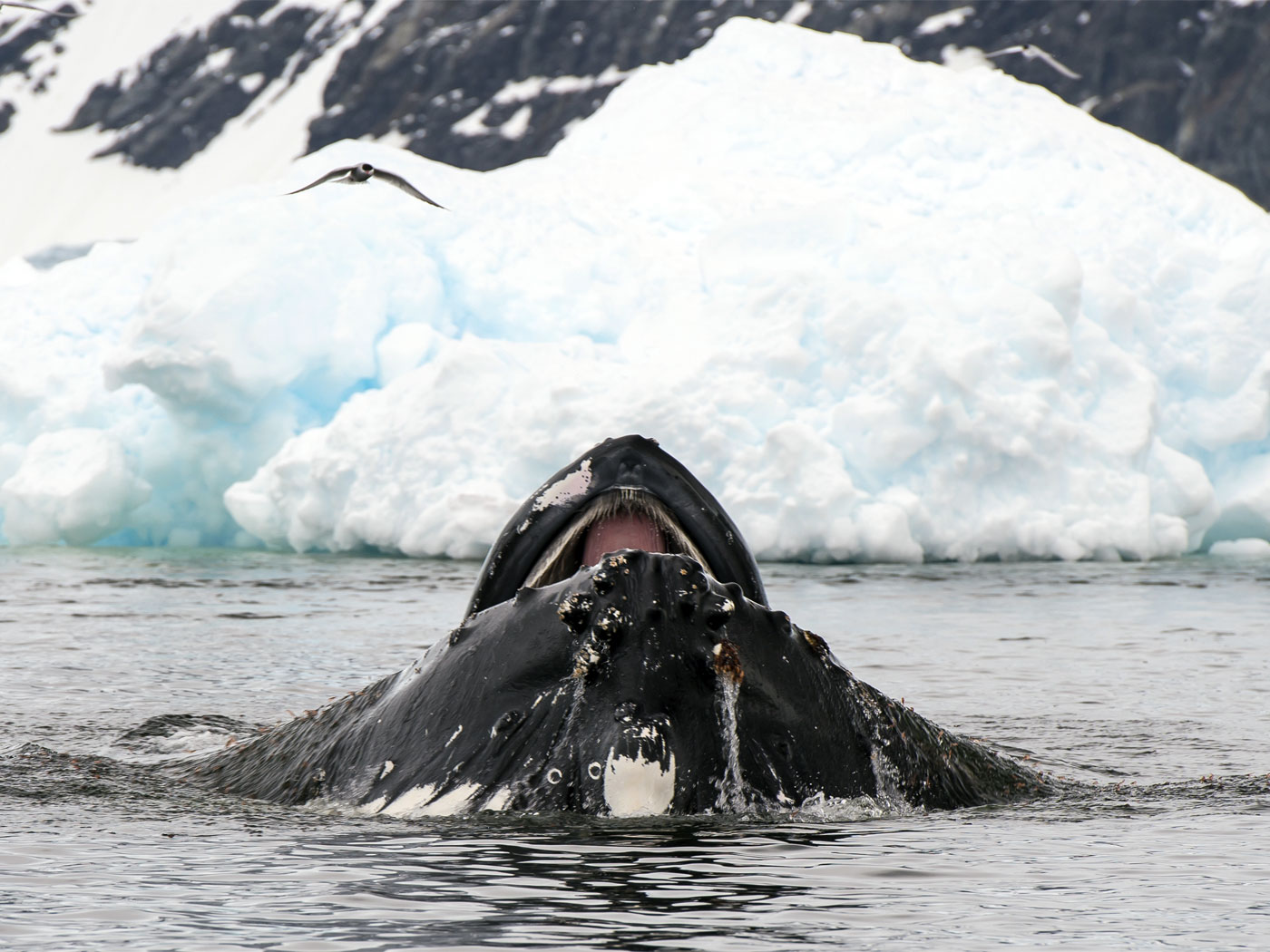.jpg) Science headlines today in the mainstream media have become stereotypical and, frankly, tiresome. The evolutionary spin of reporters and editors routinely elevates speculation to the level of hard evidence and proof. Take, for instance, the announcement this week that a dolphin with “legs” was caught off the coast of Japan. The headlines explain everything:
Science headlines today in the mainstream media have become stereotypical and, frankly, tiresome. The evolutionary spin of reporters and editors routinely elevates speculation to the level of hard evidence and proof. Take, for instance, the announcement this week that a dolphin with “legs” was caught off the coast of Japan. The headlines explain everything:
“Dolphin reveals an extra set of ‘legs.’”
“Japanese Researchers Find Dolphin With ‘Remains of Legs.’”
“Four-finned Japanese dolphin an evolutionary throwback, researchers say.”
"Dolphin With Four Fins May Prove Terrestrial Origins."
Flipper with legs?
In her article titled “Dolphin with four-wheel drive stuns the scientists,” Fiona Macrae, science reporter for London’s The Daily Mail, writes:
“Experts believe that the dolphin’s ancestor was a dog-like creature which roamed the earth many millions of years ago. And now the extraordinary discovery of a bottlenose dolphin with an extra set of flippers has provided living proof of the theory.”
Fido with fins?
Associated Press reporter Hiroko Tabuchi described the alleged evolutionary connection to this unusual dolphin:
“Fossil remains show dolphins and whales were four-footed land animals about 50 million years ago and share the same common ancestor as hippos and deer. Scientists believe they later transitioned to an aquatic lifestyle and their hind limbs disappeared.”
What Japanese fishermen actually found on October 28 was a five-year-old, nine-foot bottlenose dolphin with an extra set of fins, not a set of legs with hooves or even leg remnants. According to Katsuki Hayashi, director of the Taiji Whaling Museum, the dolphin has a well-developed set of symmetrical fins. It is premature to speculate beyond this.
After anatomical studies are done by qualified researchers, we should expect the results to be peer-reviewed. Only then can we determine in more detail the significance of this find. Researchers are now planning to do X-ray and DNA tests.
Possible sources of the hind fins include mutations, such as the Hox gene that produces flies with an extra set of wings or a child recently born with a third arm. Also, this dolphin could be a cross with, or somehow related to, dolphins that have two front and two rear non-dorsal fins. In support of this, some cetacean embryos do initiate hind-limb bud development which, in dolphins, degenerates during about the fifth week (see Thewissen et al., 2006).
In fact, today’s two-finned dolphins may have the genetic information for generating all four fins. All dolphins could have once had two rear fins, and lost the information. The fins are not used for propulsion but for steering, and for this reason, one pair may be adequate for survival.
The conclusion by Darwinists that these fins could be vestigial hind legs is based on the fact that dolphins are air-breathing sea mammals, which they believe descended from land-dwelling mammals having four legs designed for terrestrial life. This theory is postulated because all other theories of dolphin evolution are even less plausible.
The most popular Darwinist view is that fish evolved into amphibians, which left the sea to live on dry land, later evolved into reptiles, and eventually became mammals. Some of those mammals, such as whales and dolphins, returned to the sea to avoid predators or for a more robust supply of food, evolving so as to once again adapt to sea life.
However, the fossil record does not support either the fish or the terrestrial mammal evolution theory.
It is also important to stress that even if dolphins lost their hind limbs, loss of information is not what is required for progressive evolution to occur. Loss of information has been well documented in nature. Rather, a gain of information is the chief problem Darwinists need to solve to support their theory.
And so far, they have not.
Whatever “discovery” the media bombard us with next will require more than a cursory glance. Careful analysis demands a look behind the headlines to discern fact from fiction, truth from theory, science from speculation.
References
Thewissen J. G. et al. “Developmental Basis for Hind-limb Loss in Dolphins and Origin of the Cetacean Bodyplan.” PNAC 103, no. 22 (May 30, 2006): 8414–8.
See also “When is a Whale a Whale?” by Dr. Duane Gish.



















